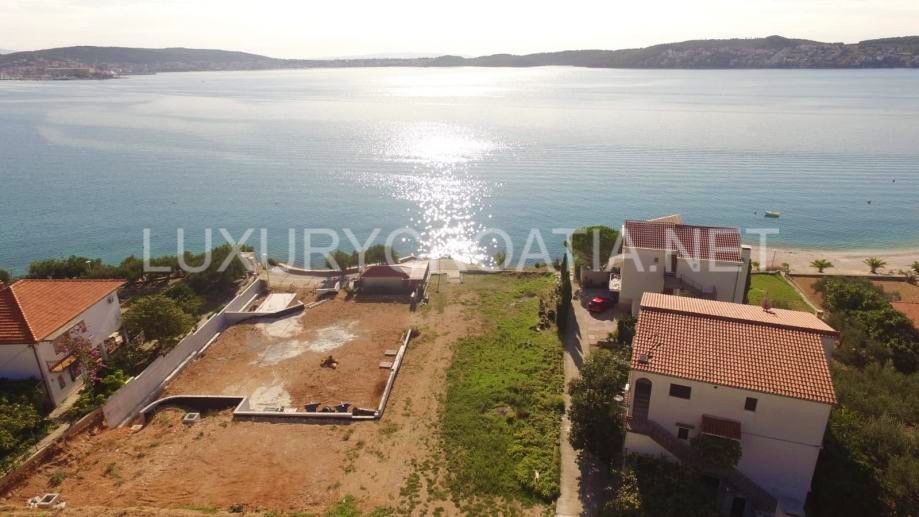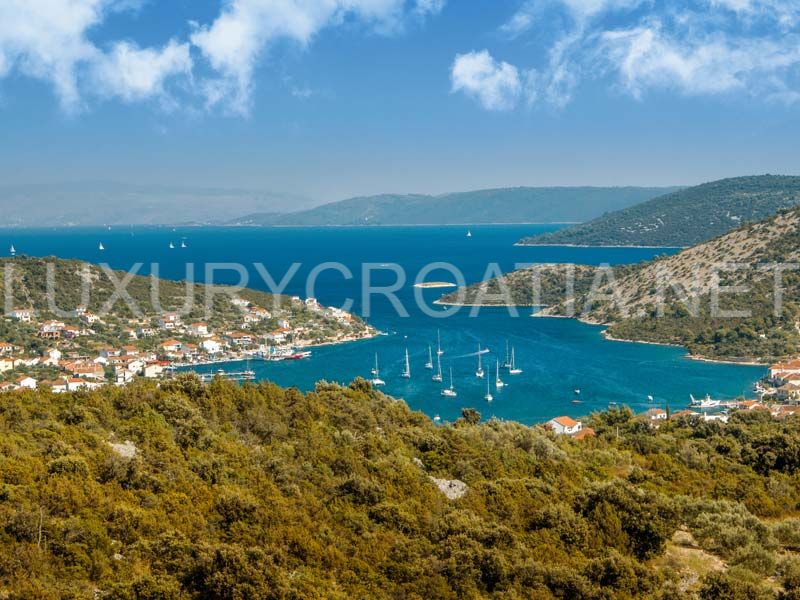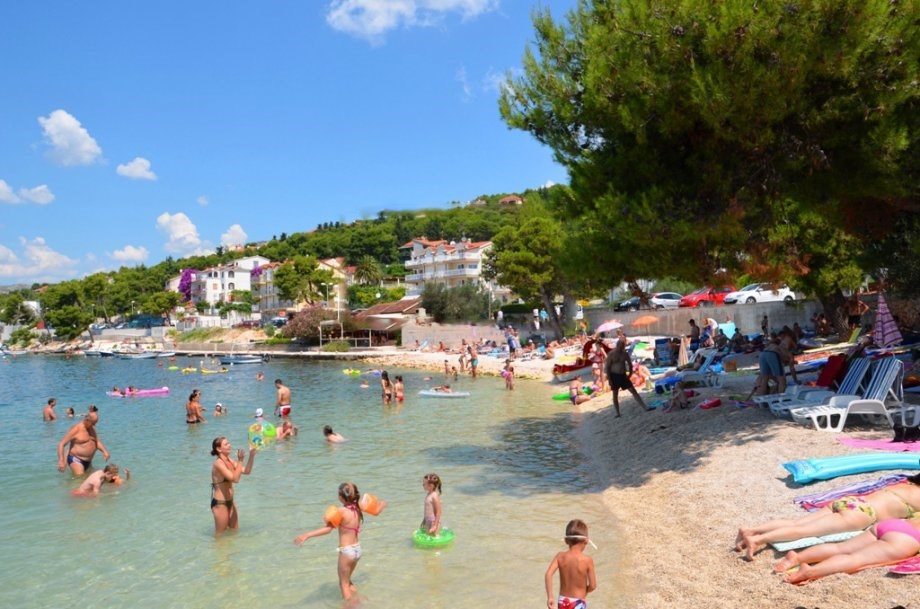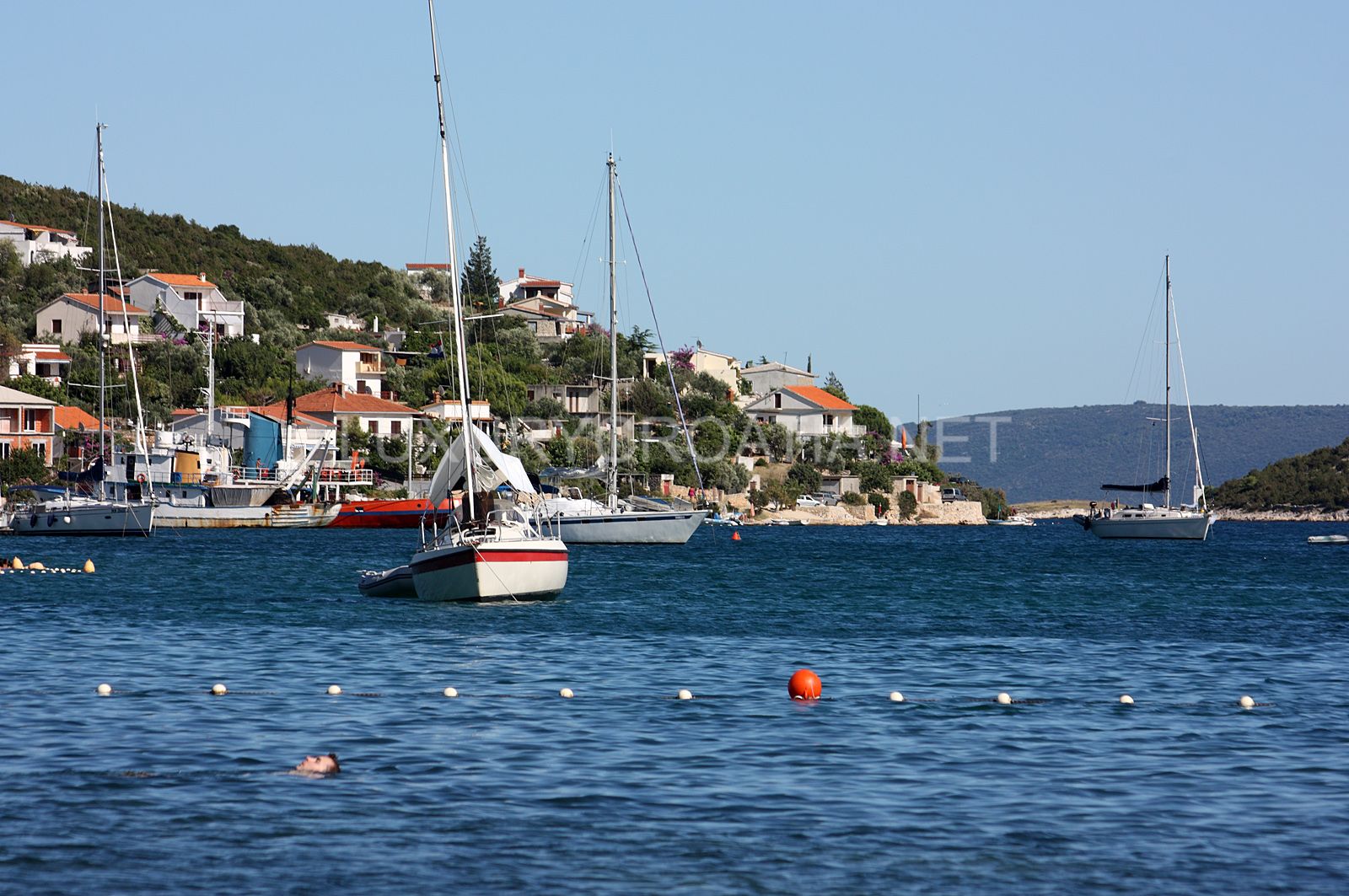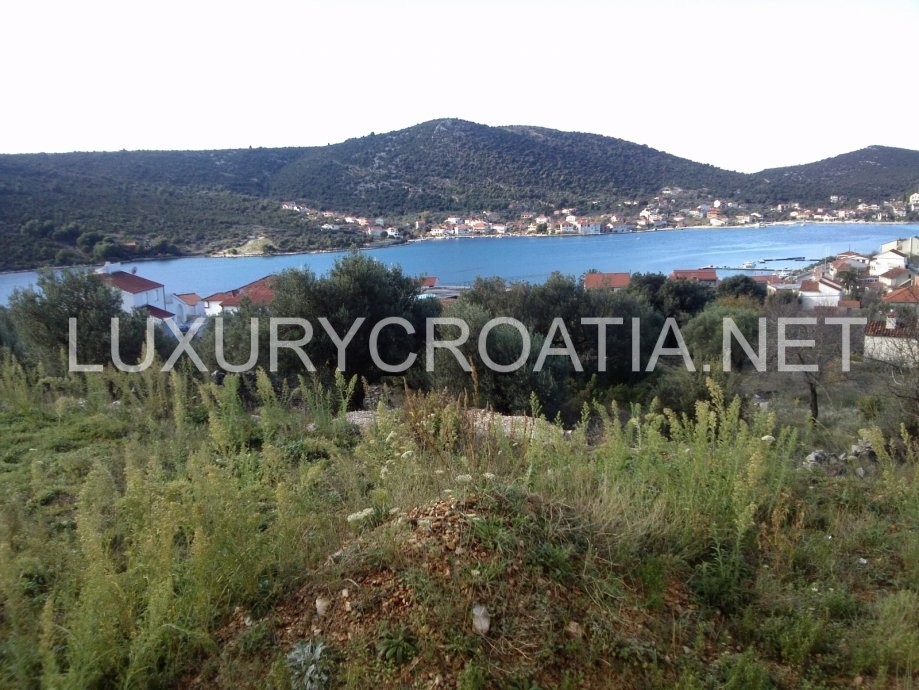Farm for sale, Zedno, Ciovo
-
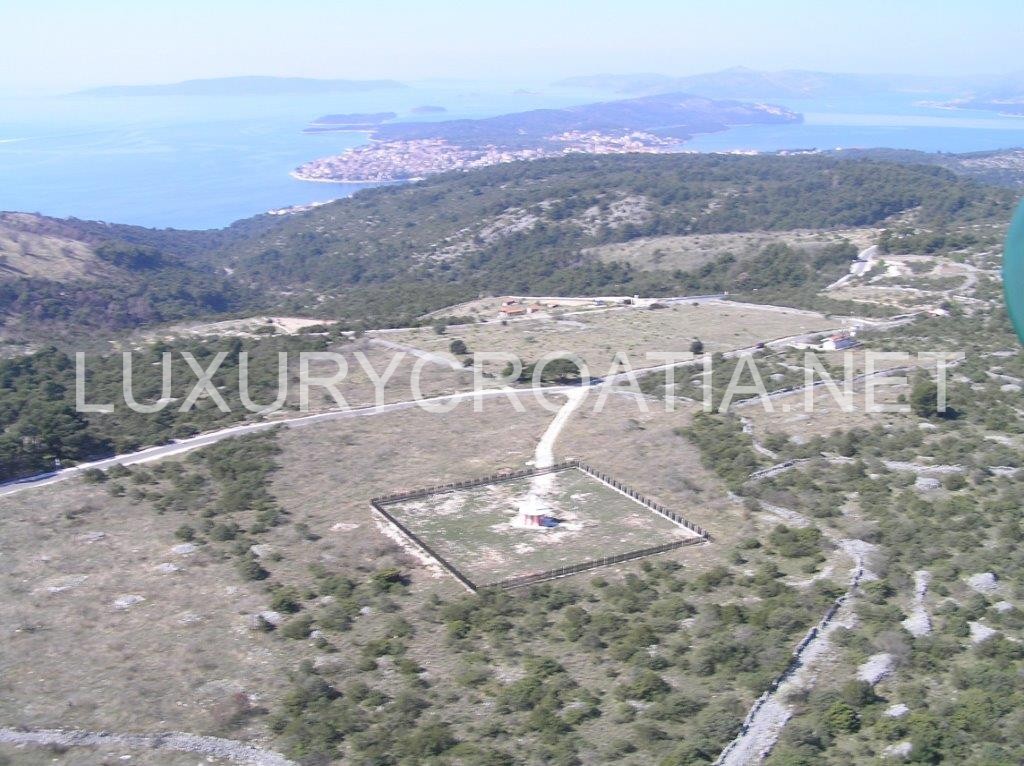 click on image to enlarge Farm for sale, Zedno, Ciovo (4)
click on image to enlarge Farm for sale, Zedno, Ciovo (4)
-
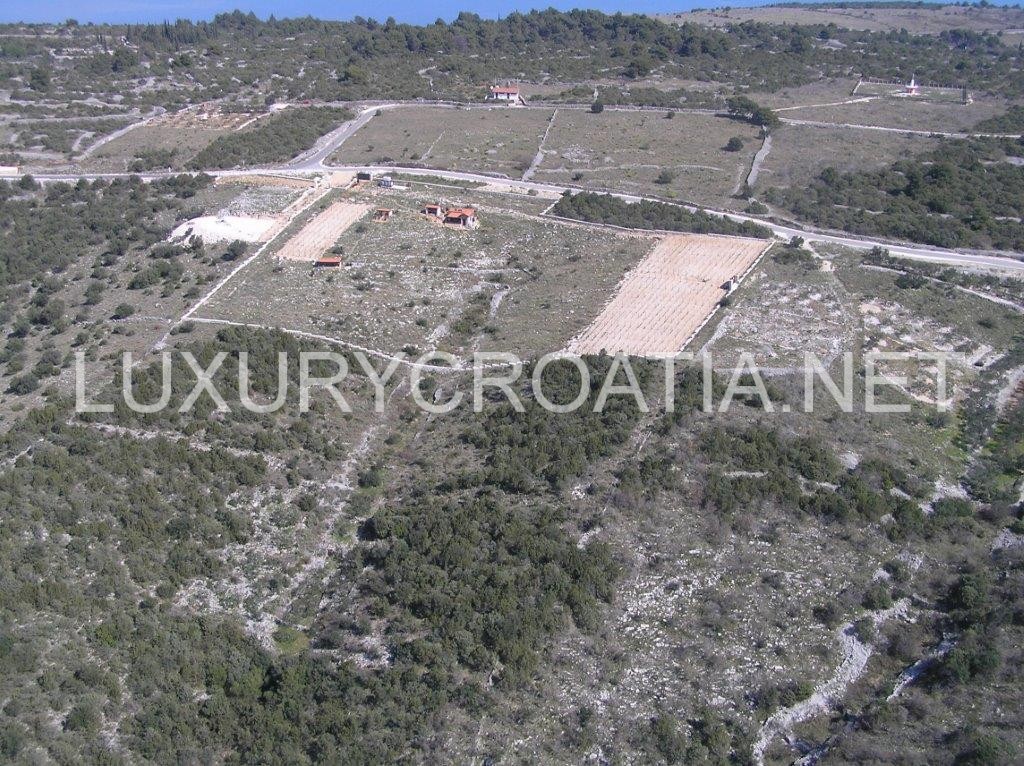 click on image to enlarge Farm for sale, Zedno, Ciovo (3)
click on image to enlarge Farm for sale, Zedno, Ciovo (3)
-
 click on image to enlarge Farm for sale, Zedno, Ciovo (2)
click on image to enlarge Farm for sale, Zedno, Ciovo (2)
-
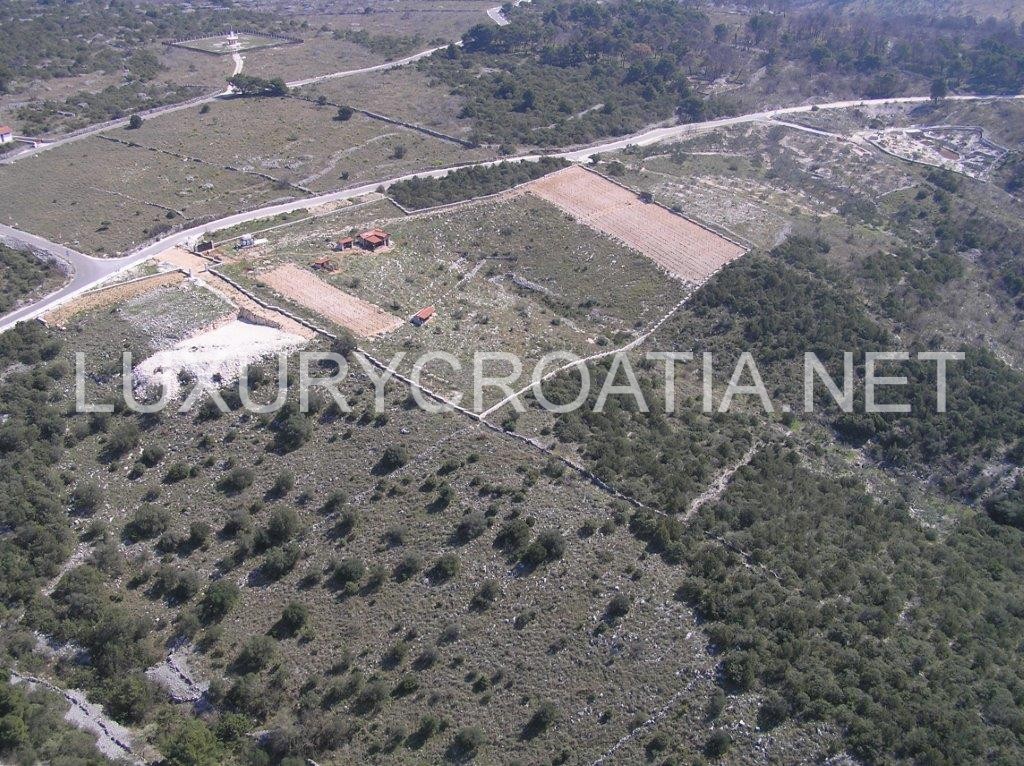 click on image to enlarge Farm for sale, Zedno, Ciovo
click on image to enlarge Farm for sale, Zedno, Ciovo
Property Details:
- Categories: Land
- Features: 3% Agency Commission
About this Property:
(L-SI-ZE-CI)
Farm for sale, Zedno, Ciovo
Surface: 13.600 m2
There is around 600m of surrounding walls built in
combination stone – concrete(invisible, just connection).
Columns and fence net along the whole length. Two large
gates as entrances, each with two big stone columns.
On ca. 3.500 m2 special machinery has been used to crush
the rocks, and 2.000 vines of Babic has been planted.
There are columns in the vineyard and drop by
drop watering system.
There are 50 young olive trees planted, so now there is
around 80 trees in total. Cabin + cabins for dogs, bunnies, chickens and
big barbecue have been built. Refined with multiple sorts of Mediterranean
plants and fruit. The whole estate is registered as family economy, which
has given the conditions for building on a agricultural land. City and the
Tourist board are supporting this project entirely.
Electricity is from the alternative sources. There are no any obstacles for this
since there are already several panels that provide complete lighting(interior +
exterior), TV and refrigerator (up to ca. -15 Celsius).
Water – okiten pipe of 980m has been planted. Legal connection request sent.
There is a possibility of building an object that needs to meet standards such as
Mediterranean building style, stone, wood, tile, and prescribed surface(see the
attachment).
Spatial plan does not request water and electricity, alternative sources are approved.
Čiovo is a small island located off the Adriatic coast in Croatia with an area of 28.8 square kilometres (11.1 sq mi) (length 15.3 km (9.5 mi), width up to 3.5 km (2.2 mi)population of 6,071 inhabitants (2001) and its highest peak is 218 m (Rudine).
Čiovo is located in central Dalmatia, protecting the city of Trogir and Kaštela gulf. On its SE part it is only two km distant from the cape Marjan, on its northern part it is connected to the mainland with a small bascule bridge in the old centre of Trogir, and actually Trogir spread itself onto the island. Besides the portion of Trogir, on the island there are several villages: Arbanija, Žedno, Okrug Gornji, Okrug Donji, Slatine and Prizidnica.
The vegetation is typically Mediterranean, consisting mainly in understory (holm oak, myrtle, wormwood, juniper etc.). On the northern side (exposed to the wind bura) are forests of pine and cypress. Major crops include olives, figs, almonds, vines and citrus fruit.
In the Middle Ages, Čiovo had many villages and it was a place for lepers. Remainings of the pre-Romanesque church of St. Peter have been found near Slatine, in the Supetar cove. The medieval church of St. Maurice (Sv. Mavro) has been preserved in Žedno and the pre-Romanesque church of Our Lady near the Sea (Gospa pokraj mora). The population of Čiovo increased in the 15th century through the settlement of refugees who fled from the Turks.Simultaneously, the suburban areas of Trogir also extended to Čiovo.


